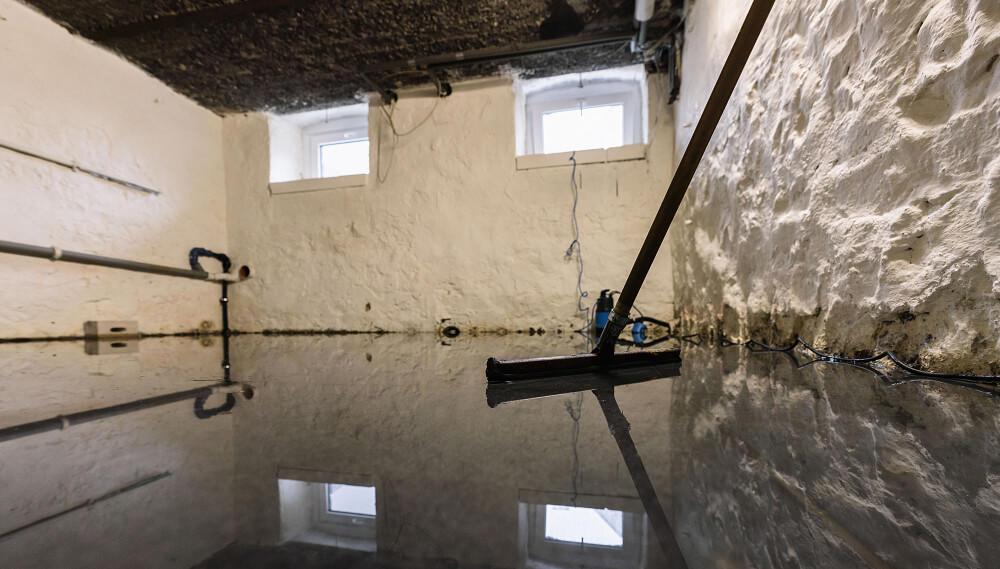A flooded basement can be a homeowner’s worst nightmare. Not only can it lead to significant property damage, but it can also result in mold growth, structural issues, and a host of other problems. Thankfully, waterproofing your basement can help prevent these issues and provide peace of mind. In this blog, the team at Delta Waterproofing will explore with you the common causes of basement flooding and provide practical tips on how to waterproof your basement effectively.
Understanding the Causes of Basement Flooding
Before we dive into the solutions of waterproofing your basement, it’s crucial to understand what can cause basement flooding:
Poor Drainage: Inadequate grading or faulty gutter systems can direct water towards your foundation, leading to water penetration.
Hydrostatic Pressure: Groundwater levels can rise due to heavy rain or melting snow, exerting pressure on your basement walls and floors.
Cracks and Gaps: Over time, cracks and gaps can develop in your basement’s foundation, allowing water to seep in.
Sewer Backup: When your municipal sewer system becomes overloaded, it can cause wastewater to back up into your basement.

Effective Basement Waterproofing Strategies
Now, let’s explore the strategies you can employ to keep your basement dry and protected:
- Foundation Sealing: Apply a waterproofing membrane or sealant to the exterior of your foundation walls to prevent water infiltration.
- French Drains: Install a French Drain system around the perimeter of your foundation to divert groundwater away from your basement.
- Sump Pump Installation: A sump pump is a vital component in keeping your basement dry. It collects excess water and pumps it away from your home.
- Interior Sealants: Apply waterproofing sealants to interior walls and floors to create a moisture-resistant barrier.
Gutter Maintenance:
- Keep your gutters clean and free of debris to ensure proper water drainage away from your home.
- Install downspout extensions to divert rainwater farther away from your foundation.
Grade Your Landscape:
- Ensure that the ground around your home slopes away from the foundation to avert water from pooling near your basement.
Window Well Covers:
- If your basement windows have wells, install covers to prevent rainwater from accumulating and seeping into your basement.
Regular Inspections:
- Periodically inspect your basement for cracks, leaks, or signs of moisture. Address any issues promptly.
Sewer Backup Prevention:
- Consider installing a sewer backflow prevention valve to block wastewater from entering your basement in case of a sewer backup.
Professional Help:
- For complex waterproofing issues or if you’re unsure about the best approach, consult with a professional waterproofing contractor.
Maintenance and Long-Term Care
Once you’ve waterproofed your basement, it’s essential to maintain it properly:
- Regularly check and test your sump pump to ensure it’s functioning correctly.
- Clean your gutters and downspouts at least twice a year.
- Monitor the landscape grading around your home to ensure it remains effective.
- Keep an eye on your foundation for any new cracks or signs of water infiltration.
Conclusion
Basement flooding is a preventable and manageable issue with the right strategies in place. By addressing the causes of basement flooding and implementing effective waterproofing measures, you can protect your home, belongings, and peace of mind. Don’t wait until the next heavy rainstorm to take action—start waterproofing your basement today, and enjoy a dry and secure living space for years to come.
If you are having some trouble with your basement, please contact us. Our professional team would be happy to help you with all your needs!

